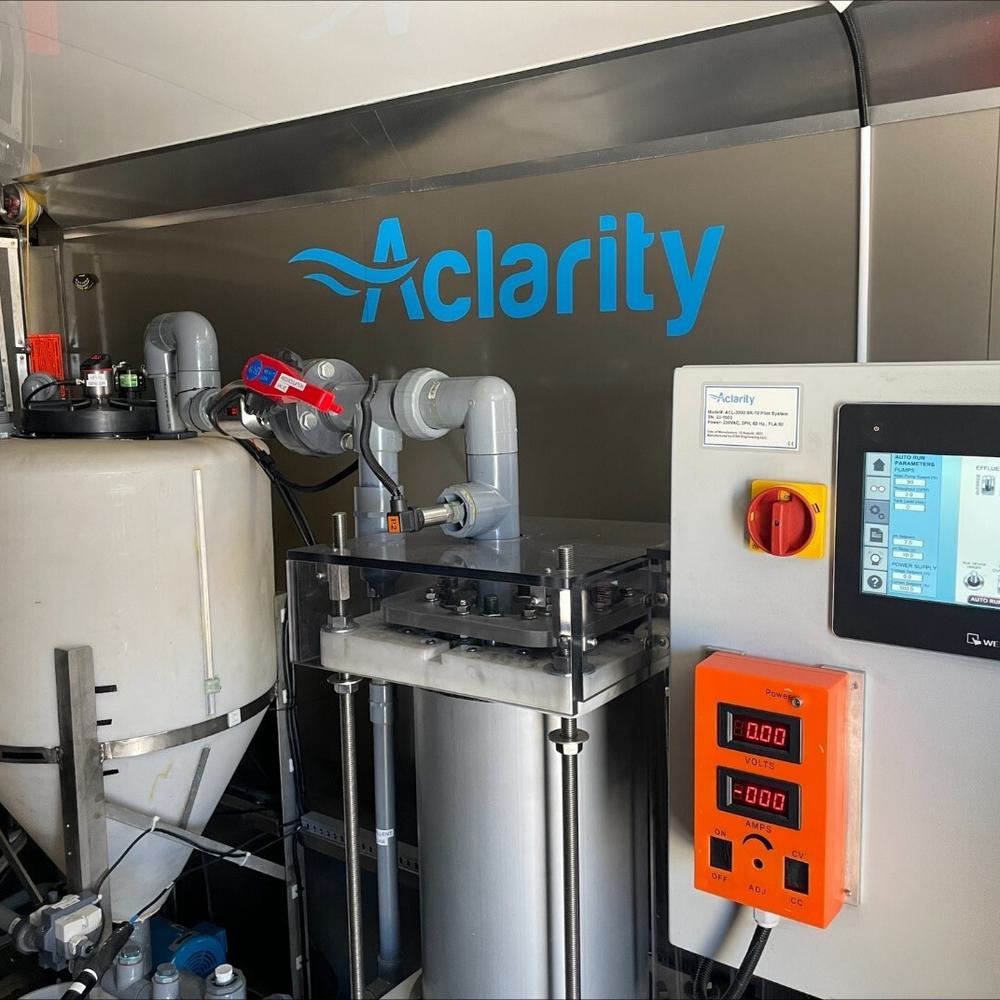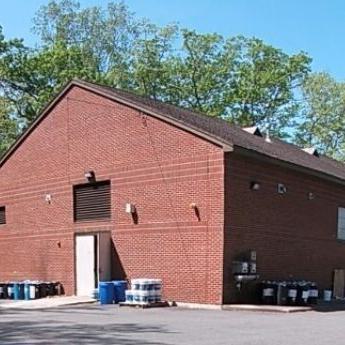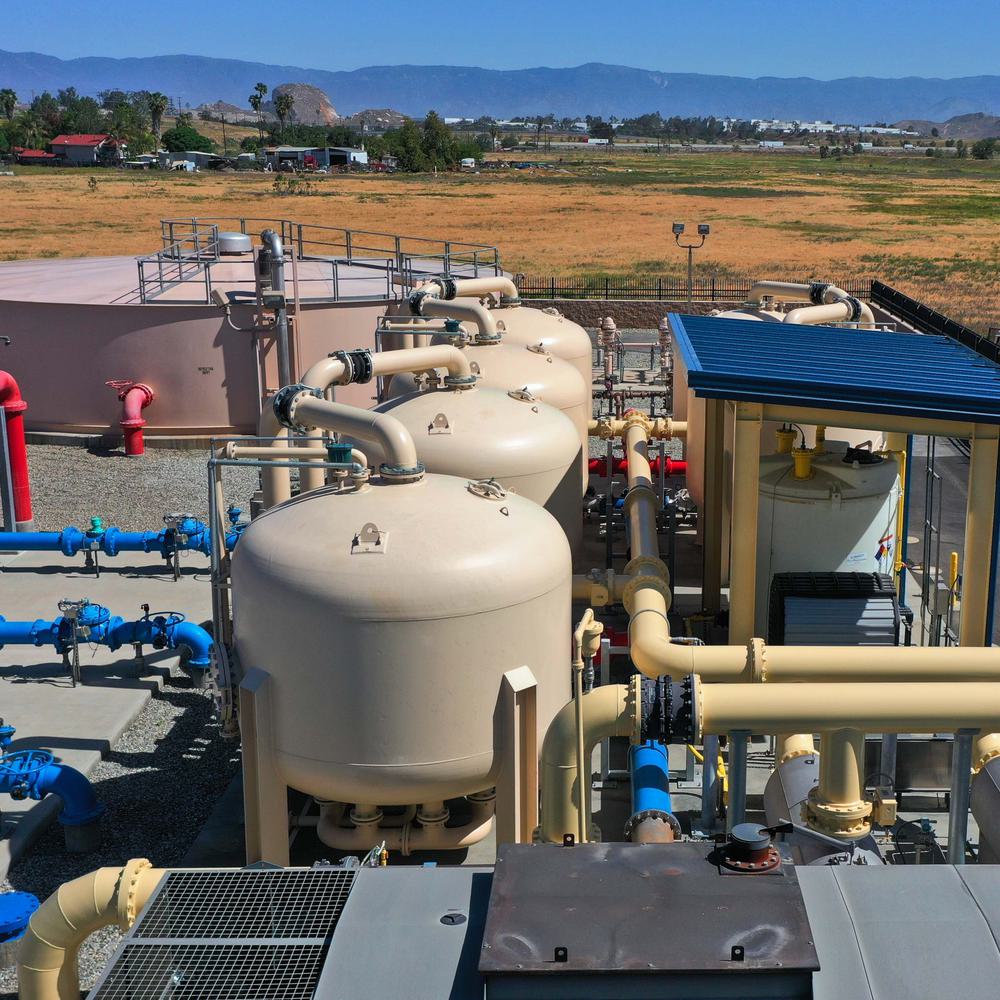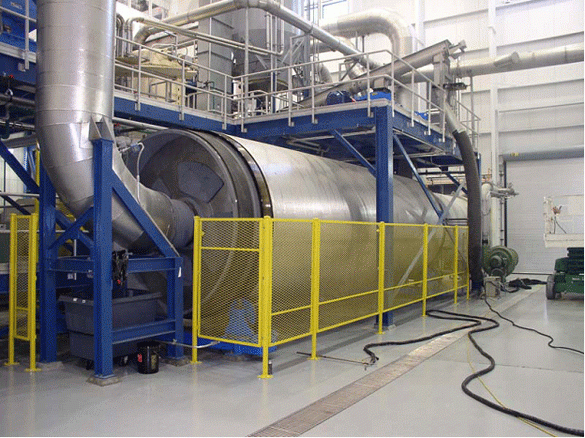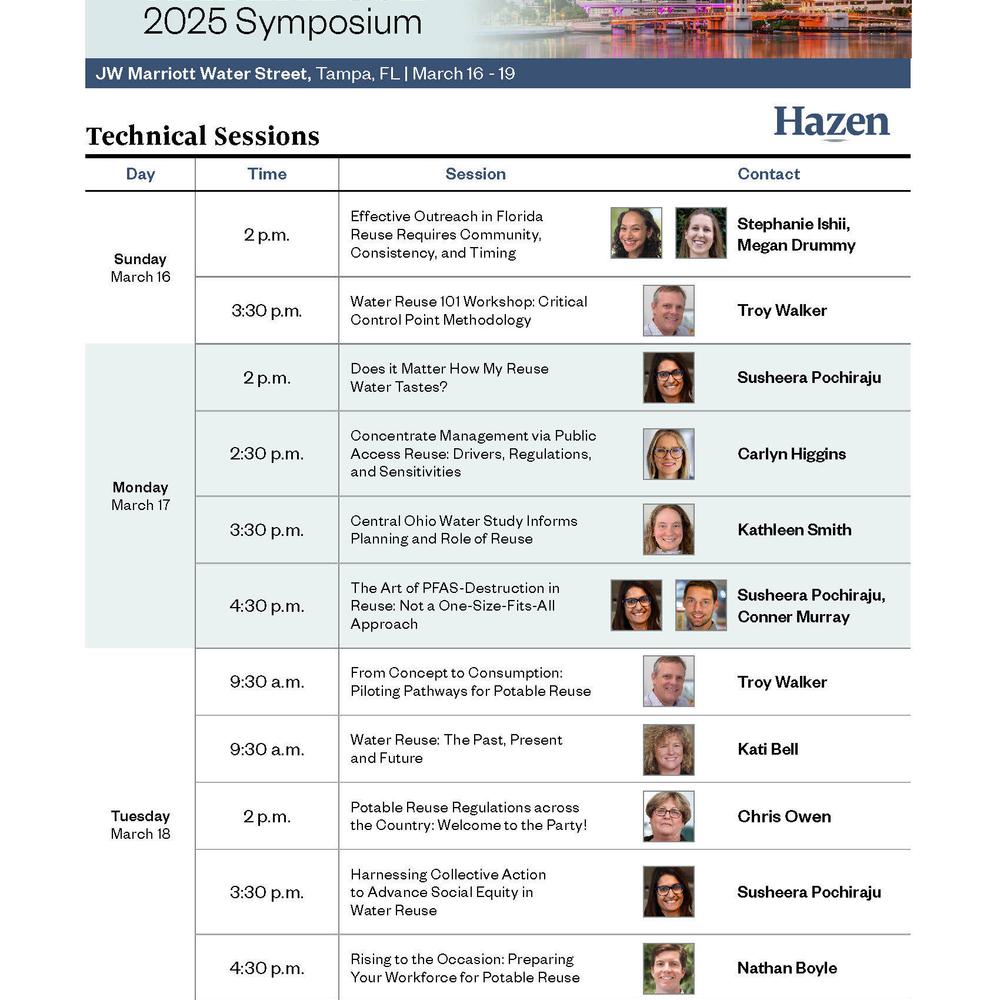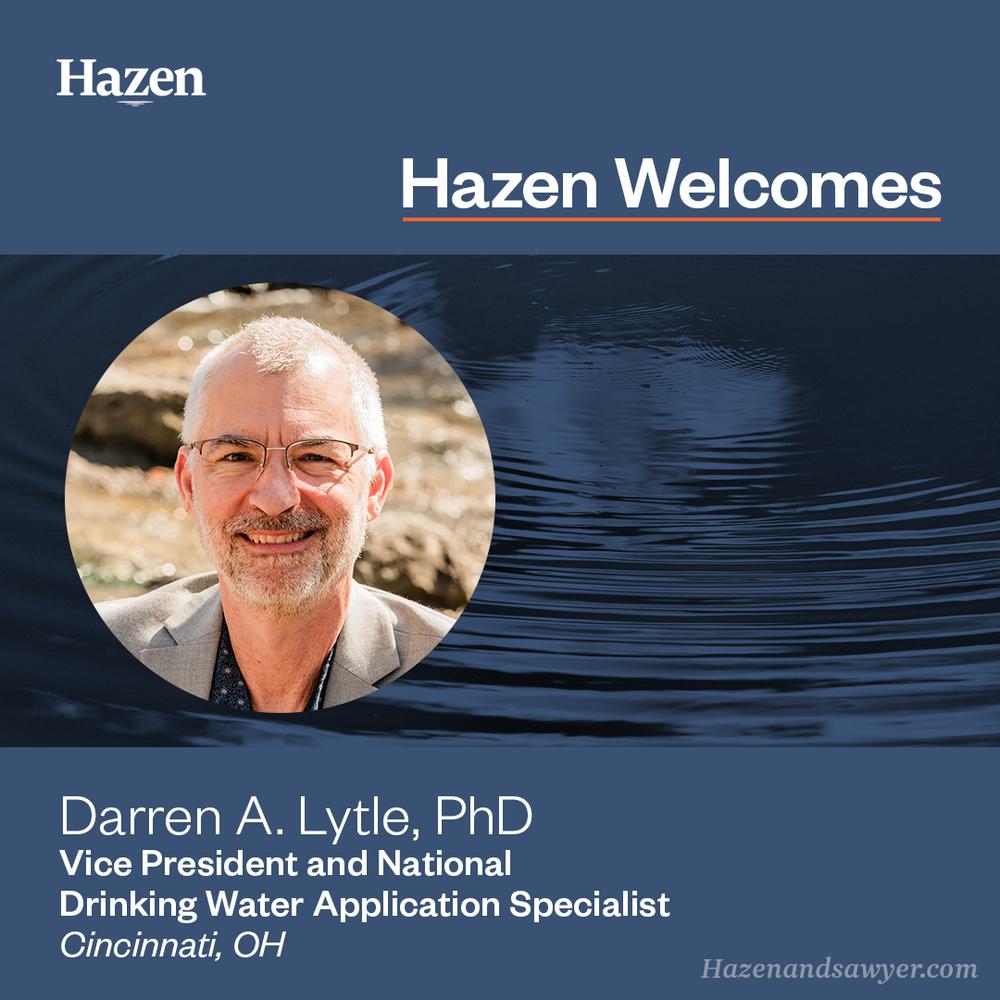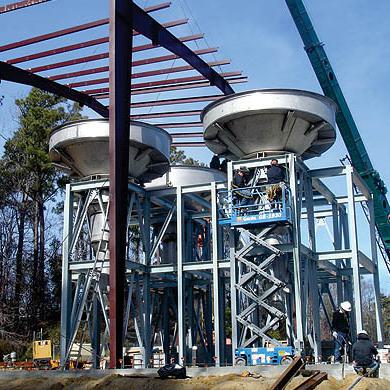Driving the Upgrade Ramp: New Article in WE&T
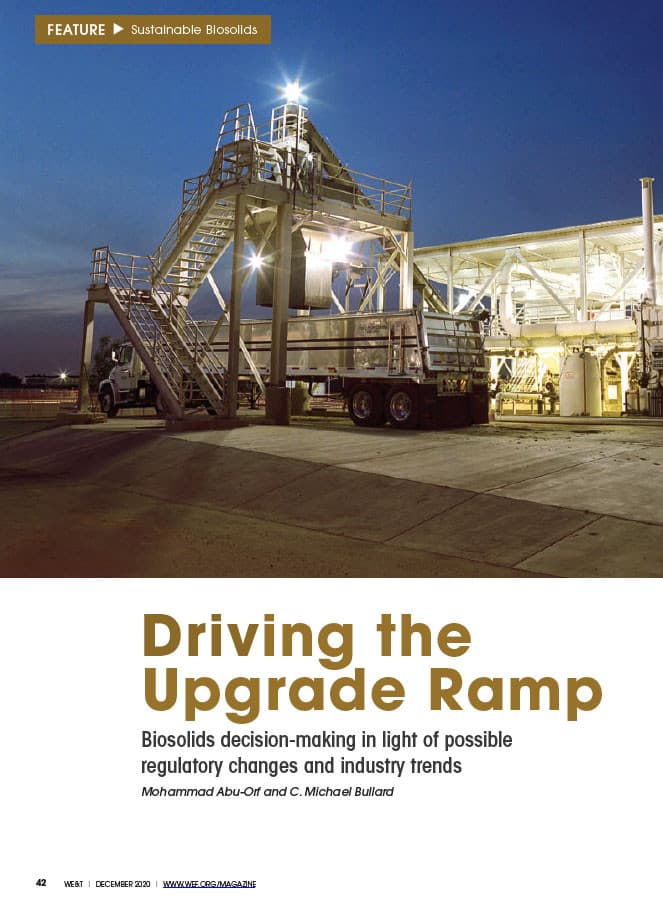
The full article appears in the December issue of WE&T magazine.

Biosolids products that can be generated from solids processing and the specific beneficial end use or disposal markets for each product.
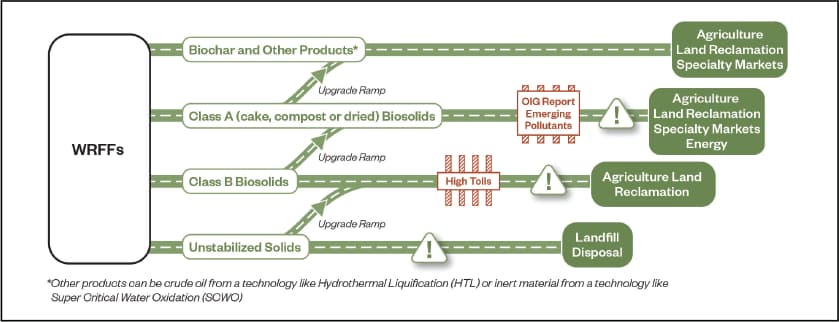
The biosolids decision-making road map for generating various products for disposal or beneficial use.
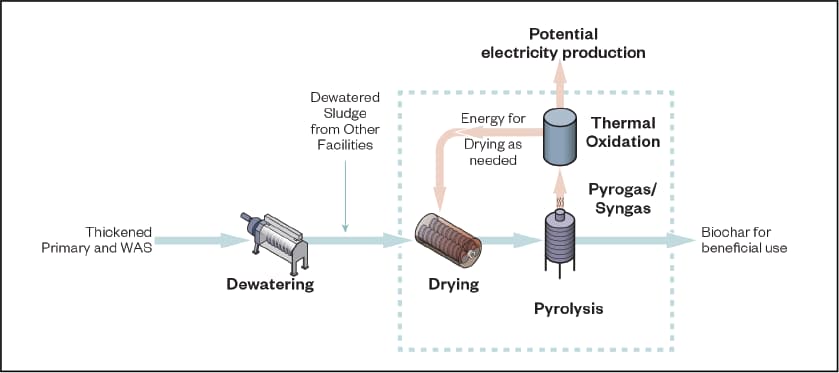
A schematic diagram of the pyrolysis process, which operates at an elevated temperature ranging from 199°C to 590°C (390°F to 1,100°F) with no oxygen supply.

An example of a trigger-based, decision-making road map for a recently completed master plan at a 75,700-m3/d (20-mgd) facility that currently only dewaters and hauls unstabilized solids to a nearby landfill.
(PHILADELPHIA, PA - December 7, 2020) - Hazen's Dr. Mo Abu-Orf and Michael Bullard recently co-authored an article titled "Driving the Upgrade Ramp" in the December issue of WE&T.
Deciding on a sustainable biosolids management strategy for water resource recovery facilities (WRRFs) is becoming more complicated today than it ever was before. Many technologies are available to process solids; however, the availability and viability of outlets for disposal or beneficial use of the generated biosolids also must play a significant role in the selection of a processing technology.
For beneficial use in land application, which is the dominant biosolids management pathway in the U.S., WRRFs must produce Class A or Class B biosolids while also meeting vector attraction reduction and criteria pollutant requirements. However, despite meeting these regulatory requirements, some WRRFs are faced with local pressures that require changing the course of practice. Solids processing and disposal regulations have undergone little change since first promogulated in 1993. However, future changes to regulations could be imminent considering the U.S. Environmental Protection Agency (EPA) Office of Inspector General (OIG) report published on November 15, 2018. The report criticizes the agency’s oversight of biosolids management in the U.S.
Furthermore, the presence of per-polyfluoroalkyl substances (PFAS) in biosolids products could complicate beneficial use practices and could result in WRRFs considering innovative, emerging technologies. These considerations warrant a review of national trends, possible regulatory changes, and their effects on the decision-making process for solids processing when considering end use outlets.
The full article can be accessed on the WE&T website.

